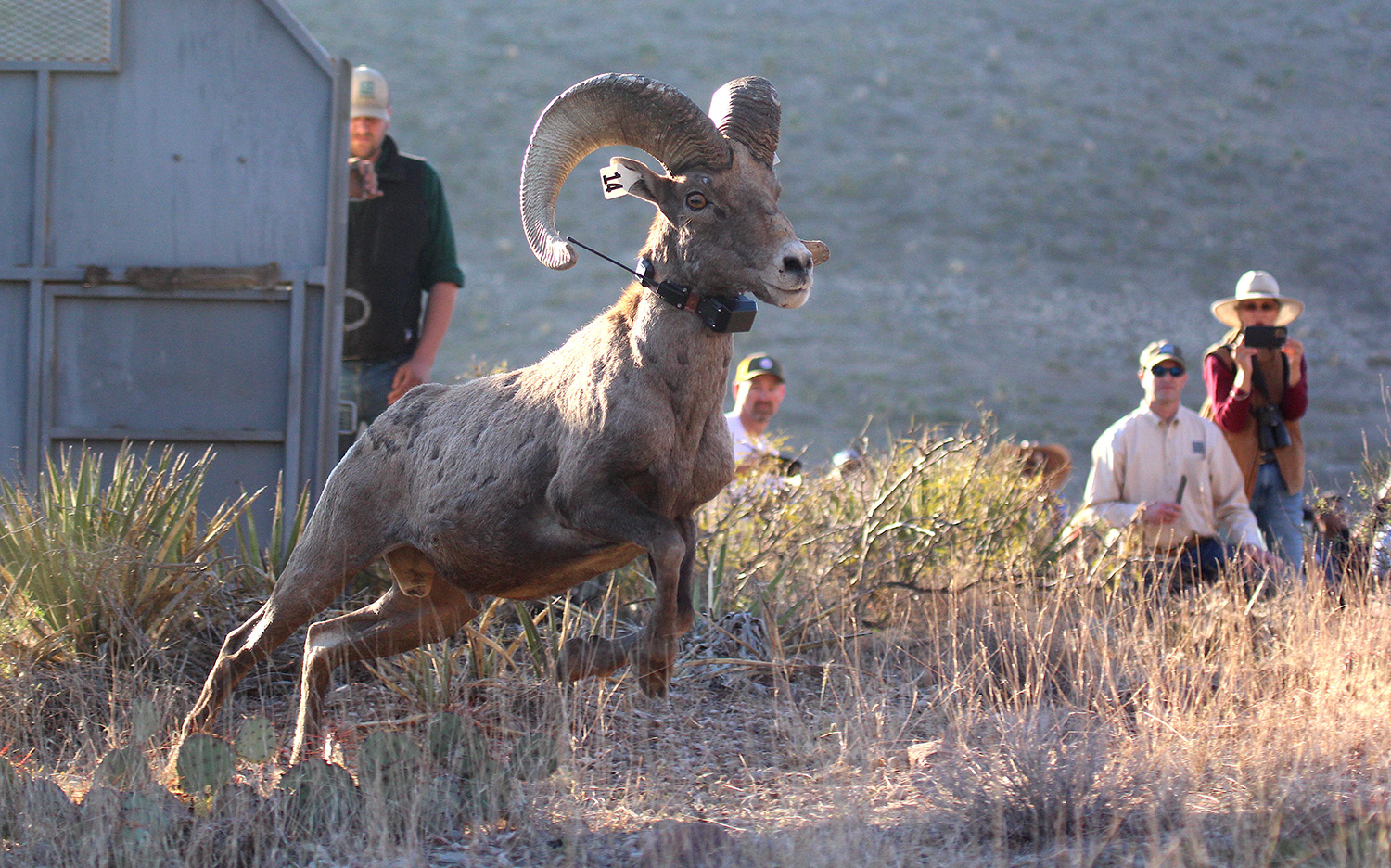Historically, the distribution of wild sheep in North America extended from northern Alaska, Yukon, and Northwest Territories southward through British Columbia and Alberta, Canada to northern Mexico, and from the Pacific coast as far east as western North Dakota, western South Dakota, western Nebraska, and western Texas. Reliable population estimates of wild sheep in North America prior to the 1800s are not available, but numbers in the hundreds of thousands have been reported. Through time, the numbers and distribution of thinhorn sheep (Ovis dalli) are thought to have remained stable. Following settlement of western North America, however, bighorn sheep (Ovis canadensis) numbers declined rapidly and that species was extirpated from much of its historic range.
Translocations have played an integral role in wild sheep restoration and management. Most jurisdictions that manage bighorn sheep view translocations as a technique necessary for restoring those specialized ungulates to historic habitat, establishing new populations within suitable, but unoccupied habitat, and augmenting existing populations. However, translocation is not a widely used practice in thinhorn sheep conservation. Historic records indicate fewer than 10 translocations of thinhorn sheep have occurred in the past, and none have occurred across jurisdictional boundaries (i.e., Alaska, Yukon Territory, Northwest Territories, or British Columbia).

Desert bighorn ram Number 14 jumping from a trailer during the 2025 Franklin Mountains State Park translocation. Photo courtesy Chester Moore